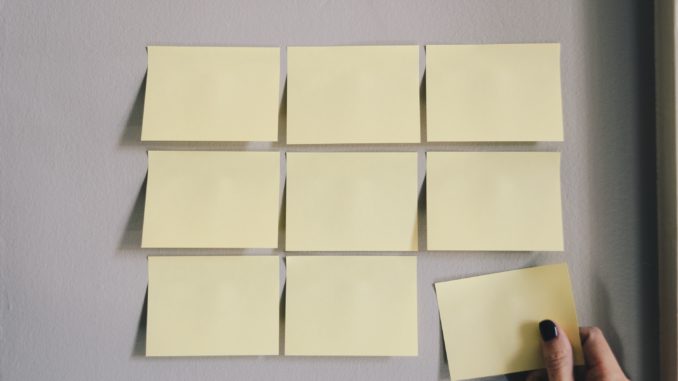
Our GP practice energy checklist contains a range of simple hints and tips to help you save energy – and money. The simplest way to control costs is to ensure that all equipment and controls are properly maintained and operated – but there are many other potential low- or no-cost actions that you could take. Our practice checklist includes some common sense ways you can reduce energy consumption and save money
These tips have been prepared by Anthony Gough, programme director at Smart Energy Greater Lincolnshire; he runs an independent programme designed to help businesses save money, save energy and save carbon.
| Heating
|
Check room temperatures to ensure that you are not heating or cooling spaces excessively. The Carbon Trust recommends that the temperatures in a primary health care environment should be between 19 and 24oC, depending on what specific areas are used for. |
| Heating
|
To help ensure that you are not over or under heating your building, it is recommended that a reasonable target temperature is agreed (within the above stated range) and that staff are encouraged to dress appropriately for the agreed temperature. |
| Heating
|
Consider removing local controls to prevent temperatures being adjusted. Equally, you might want to install time switches in less frequently utilised rooms to ensure heating is not left on in vacated areas. |
| Heating
|
Ensure staff are not opening windows and doors whilst heating or cooling is operational. |
| Heating
|
Ensure thermostats are working correctly and appropriately located away from direct sunlight and draughts. |
| Heating/Cooling
|
Set a ‘dead band’ of 3oC for heating and cooling to ensure that they are not working simultaneously. |
| Heating/Cooling
|
Ensure radiators and vents are not obstructed by equipment or furniture to ensure that heat can circulate freely |
| Office Equipment | Ensure equipment is turned off when not being used and enable power-saving modes (assuming it is safe to do so) |
| Office Equipment | Utilise timers that can ensure equipment such as printers, photocopiers, etc., are not left on outside of regular working hours |
| Lighting
|
Instigate a switch off campaign to ensure lights are not left on needlessly – appropriately placed posters and stickers can be effective in this regard as well. Ensure someone is allocated responsibility for checking lights are off at the end of the working day. |
| Lighting
|
Lights must be maintained and kept clean to ensure light levels are maintained and prolong the life of the lights themselves. |
| Lighting | Consider installing timers, and occupancy sensors, where appropriate to do so after considering patient needs. |
|
Refrigeration |
Where medical supplies are held on site, and need to be kept in a climate-controlled environment, refrigerators should be carefully located aware from heat sources such as windows (in summer) and radiators (in winter) to ensure they are not being worked excessively hard. It’s also worth considering that the main cost of such equipment is in the ongoing running costs, so investing a little bit more in the most energy-efficient model affordable will pay dividends in the longer term. |
Don’t forget to follow us on Twitter, or connect with us on LinkedIn!

Be the first to comment